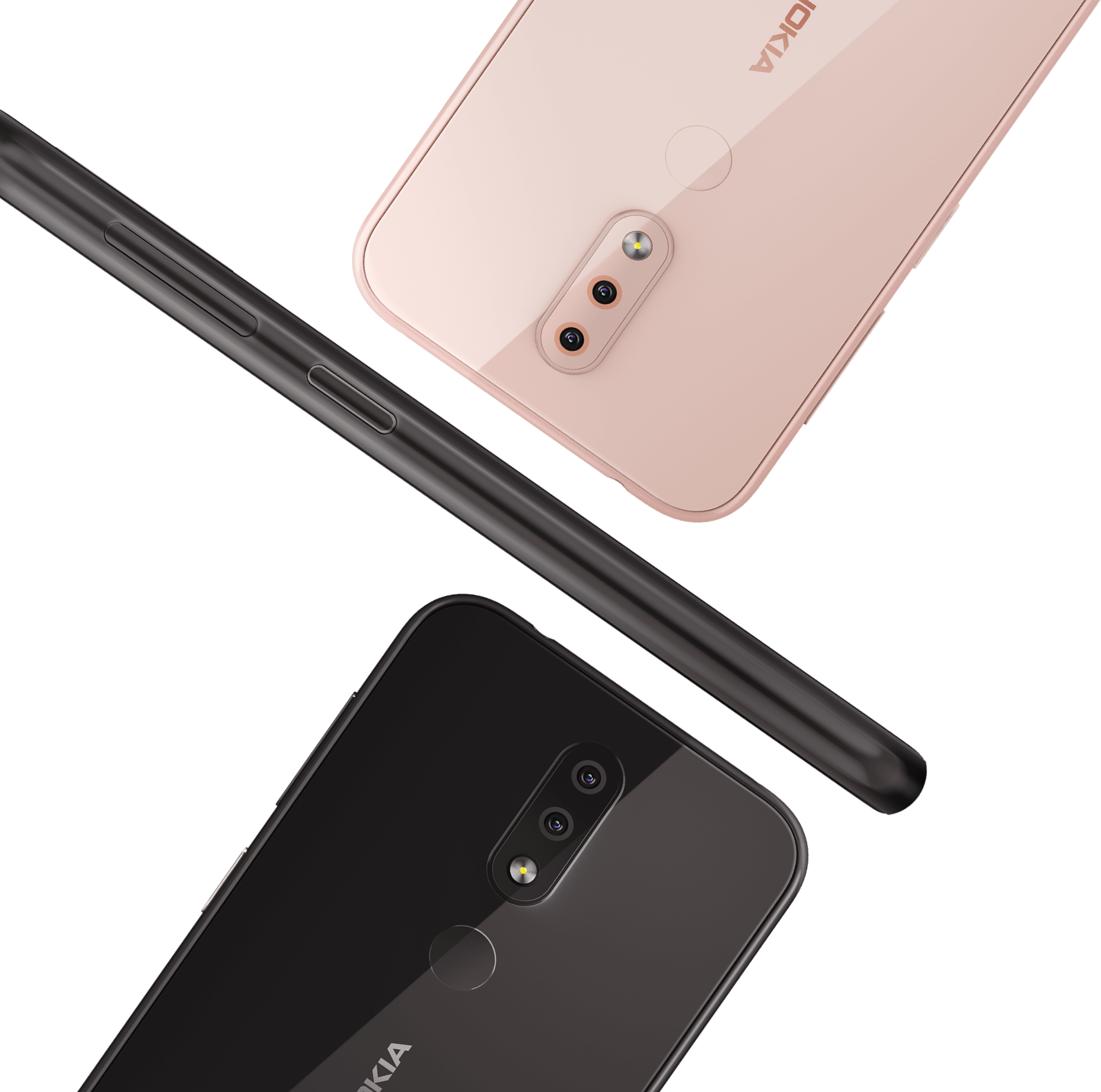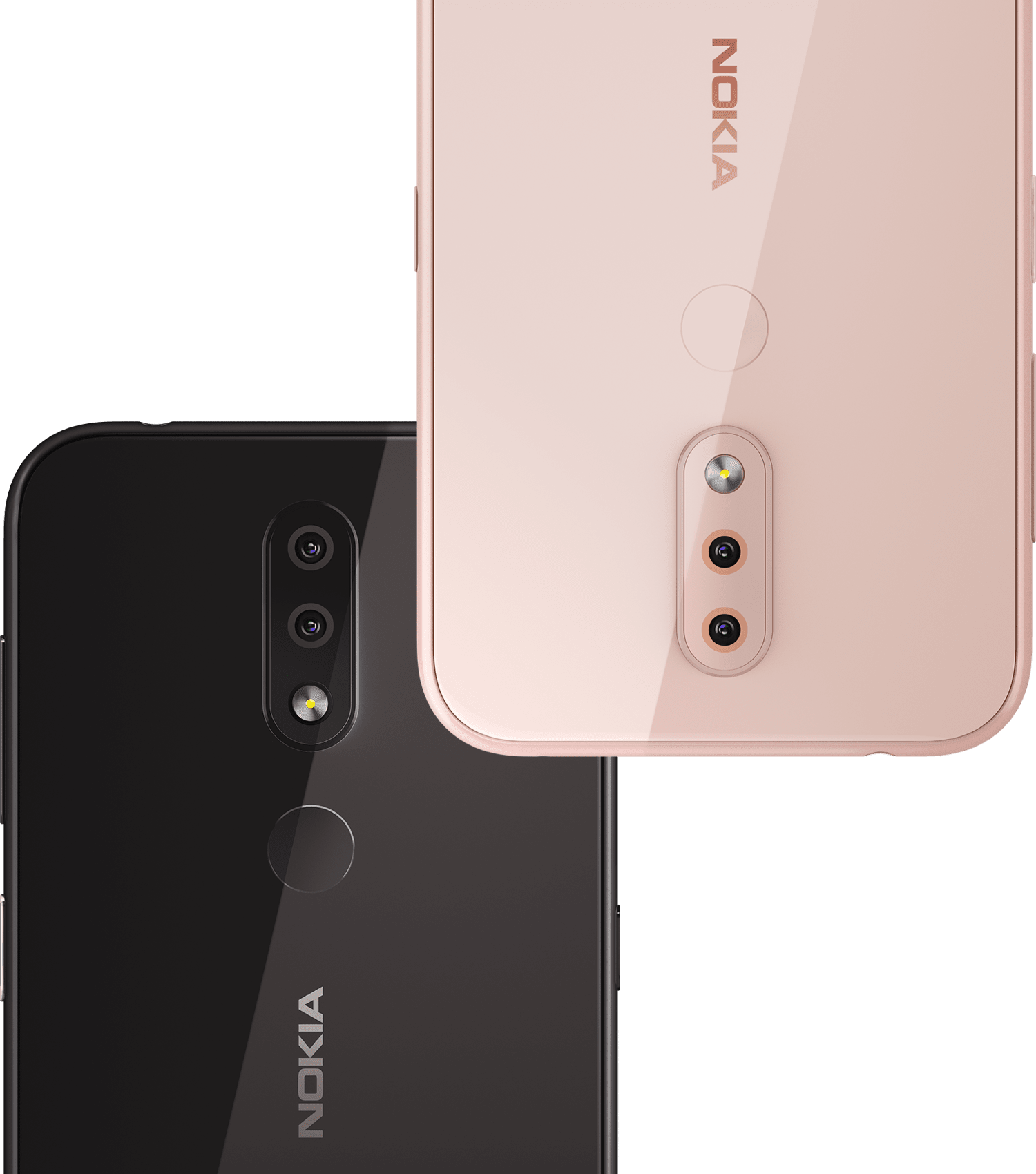
On the right-hand side of the phone is where you’ll find the volume rocker and power button, which also houses the fingerprint sensor for secure unlocks. When pressed, this can be used to quickly call any pre-selected emergency contacts. I particularly like the red emergency button, which is located on the top edge, next to the shared dual SIM and microSD card tray.

And, like the Moto Defy, the MIL-SPEC-810H certification also means that it’s capable of withstanding temperatures between -25☌ and 55☌, and it’s drop-tested up to a height of 1.8m.Ī small pinhole notch sits at the top of the screen, hardly stealing focus, which is where you’ll find the 8MP (f/2.0) selfie camera. The XR20 is also IP68-rated for dust and water ingress protection, which means you can submerge the phone up to a depth of 1.5m for at least half an hour. The front of the phone is covered by a protective layer of Gorilla Glass Victus which, according to Nokia, is its toughest screen yet. In fact, you can (almost) mistake it for a “normal” smartphone if you do spot one in the wild. To my eyes, it’s a better-looking phone than the Moto Defy, mostly since it doesn’t look like the sort of handset that’s only ever spotted on a building site. It fits nicely in the hand, despite its plus-sized dimensions, and the textured rear is nice and grippy as well. That being said, it’s reasonably sleek where it counts. It’s a chunky handset that doesn’t exactly inspire at first glance, but the thick rubber bumpers that surround its exterior are a nice touch, and it feels as though you should be able to drop it onto any surface and it will bounce right back. Ruggedness is the obvious focus when it comes to the Nokia XR20’s looks. Nokia XR20 review: Design and key features

It’s much weaker than the Nokia XR20 when it comes to performance, however, with a smaller 720p display and support for only 4G connectivity.

If you can find one, you can expect to pay roughly £520 or so.įinally, we recently reviewed the Motorola Defy, which has similar rugged properties as the Nokia, but costs just £279. It’s yet another handset that’s a little behind hardware-wise, however, and it can be tricky to track down in the UK.

It does, however, come with an endoscope camera and FLIR thermal imaging, so it’s perhaps better suited for use on a building site or as an engineer's companion.Īlternatively, there’s the Blackview BV9900 Pro, which has an even smaller 5.84in display but also incorporates an FLIR imaging camera. Best mobile network 2023: The UK’s top networks for 4G and 5G speeds, big data deals and customer serviceĪdmittedly, the tough smartphone market isn’t particularly extensive, but the main competition comes from the likes of the Ulefone Armor 9 FLIR, which costs £440 but has a smaller screen and lacks 5G.


 0 kommentar(er)
0 kommentar(er)
